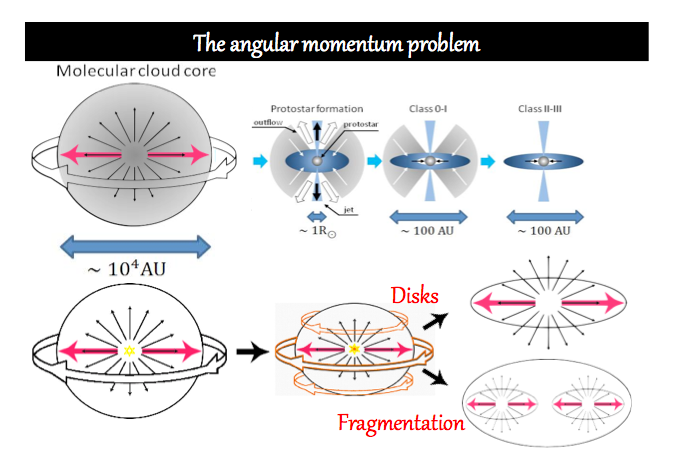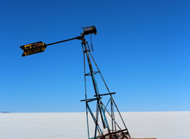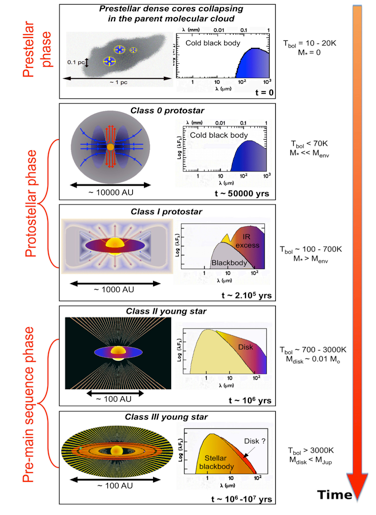I study how stars, like our own sun, are born.
To do so, I use telescopes to look at the sky, and observe the embryos of stars that are forming, in our Milky Way.
I try to understand how the Universe is transforming the cold gas, present in the interstellar medium of our Galaxy, into dense structures that collapse and ultimately form young stars.
I study how multiple stellar systems are formed, as well as how disks are built during the star formation process, and eventually fragment into planetary systems, like our own around the sun.
I also try to understand the roles of turbulence and magnetic fields in the process of forming stars.







